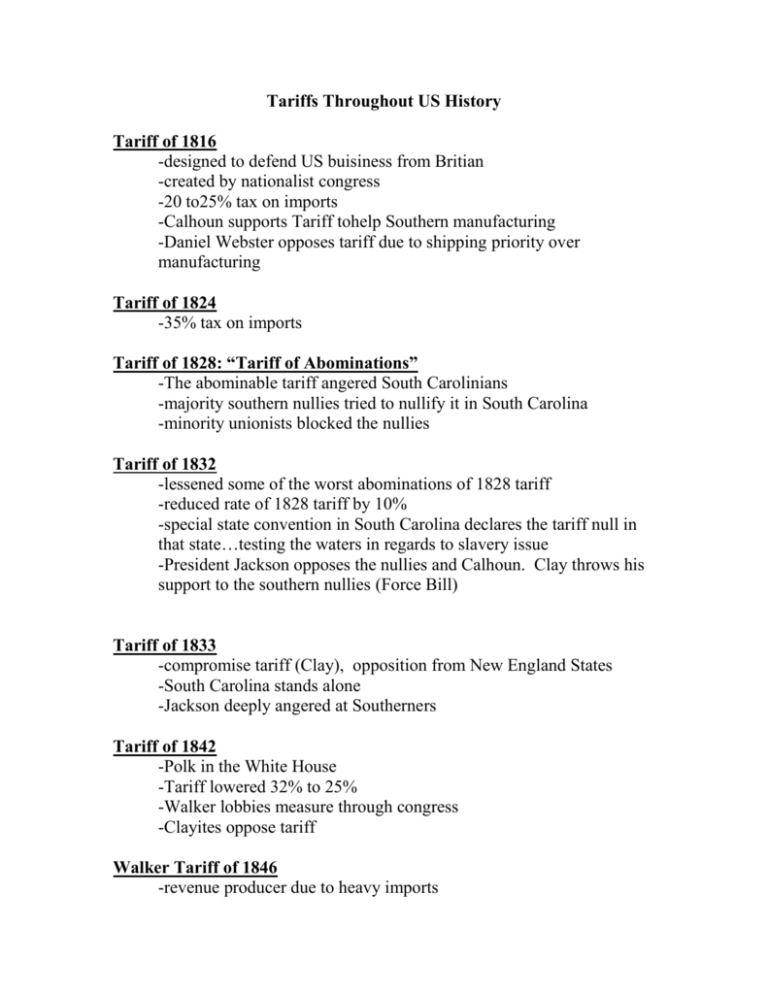Have you ever walked into your local grocery store and noticed that some of your favorite items are missing from the shelves? It's not just bad timing or a temporary stock issue. There's a growing concern about how tariffs are reshaping the availability and pricing of essential grocery items across the United States. Tariffs, essentially taxes on imported goods, are causing ripple effects throughout the supply chain, leading to shortages and price hikes for consumers.
The impact of tariffs extends beyond just higher prices at the checkout counter. It affects everything from the ingredients restaurants use to prepare meals to the everyday products we rely on in our kitchens. As global trade tensions rise, understanding which items might be most affected can help consumers make informed decisions and potentially stock up before these goods become scarce. Let’s delve deeper into why this is happening and what it means for your shopping cart.
In recent months, several grocery items have been identified as particularly vulnerable to disappearing due to tariffs. These tariffs are not only affecting the cost but also the availability of certain staples. Here are seven grocery items that could vanish first, impacting both households and specialized eateries alike. Restaurants serving niche cuisines may find themselves needing to adapt their menus significantly if key ingredients become unavailable or too expensive.
Impact of Tariffs on Specialty Ingredients
Restaurants specializing in Chinese cuisine, for instance, might struggle with sourcing authentic ingredients. Traditional dishes requiring specific imports may need reformulation or removal from menus altogether. This shift highlights how tariffs disrupt culinary traditions and challenge businesses dependent on international supplies.
Beyond dining establishments, home cooks who enjoy experimenting with diverse recipes will notice changes in ingredient accessibility. Items such as rare spices, exotic fruits, and premium oils could see reduced availability, forcing creative substitutions or abandonment of cherished recipes.
As trade policies evolve, the pressure mounts on suppliers to either absorb increased costs or pass them along to customers. Either way, the result is fewer choices and greater expense for those seeking unique flavors in their cooking experiences.
African Supply Chains Amidst Global Trade Shifts
Meanwhile, the implementation of new U.S. tariffs presents both challenges and opportunities for African economies. By rethinking traditional supply chains, African nations aim to bolster local production capabilities and reduce dependency on foreign markets. Initiatives like product labeling systems seen in Denmark encourage regional preference, providing insights applicable elsewhere.
This economic transformation offers potential benefits beyond mere self-sufficiency. Strengthening internal infrastructure and fostering innovation within African industries can lead to long-term growth and stability. Countries across the continent explore ways to capitalize on shifting global dynamics brought about by tariff adjustments.
While adapting to altered trading conditions requires significant effort, the prospect of developing robust indigenous sectors promises substantial rewards. Enhanced competitiveness domestically and internationally positions Africa favorably amidst ongoing geopolitical negotiations surrounding tariffs.
Rising Costs Across Grocery Aisles
Economists warn that rising tariffs will inevitably increase consumer expenses at grocery stores nationwide. Specific categories including seafood, olive oil, and various other imported goods face imminent price surges. Consumers should anticipate paying more for familiar brands and selections they currently enjoy.
President Trump's administration has introduced substantial tariff increases targeting numerous imports. In response, China retaliated with its own measures, further complicating trans-Pacific commerce relations. Such actions contribute directly to escalating costs experienced by American shoppers.
As businesses grapple with absorbing additional expenses or transferring burdens onto end users, there remains uncertainty regarding future developments. Until resolution occurs, families must prepare themselves financially for anticipated fluctuations in retail pricing structures.
Threatened Vanilla Supplies
Another critical commodity under threat is vanilla, primarily sourced from Madagascar. Recent natural disasters have jeopardized upcoming harvests, raising concerns over sustained supply levels moving forward. Cyclones damaging prime cultivation areas underscore vulnerabilities inherent in relying heavily upon single-source agricultural regions.
With diminished output expected next year, manufacturers dependent upon high-quality vanilla extract face tough decisions concerning formulation adjustments or alternative sourcing strategies. Retailers anticipating scarcity may preemptively raise prices even prior to actual shortages manifesting fully.
Consumers passionate about baking and dessert preparation should consider purchasing extra quantities now while still reasonably priced. Anticipating prolonged disruption helps mitigate inconvenience later when options narrow considerably.
Preparation Strategies for Consumers
Discussions among communities highlight proactive steps individuals can take ahead of anticipated tariff impacts. Stockpiling essentials considered likely candidates for early disappearance makes practical sense given prevailing uncertainties. Both perishable and non-perishable food items warrant consideration alongside household necessities.
User 'leoperd_2_ace' sparked conversation around identifying suitable candidates worthy of advance procurement efforts. Collaborative input ensures comprehensive lists addressing varied dietary preferences and lifestyle requirements. Sharing knowledge empowers others facing similar predicaments.
Ultimately, staying informed and organized equips households best against adverse effects stemming from evolving tariff landscapes. Regular monitoring updates enables timely responses ensuring adequate preparedness regardless outcome scenarios unfolding globally.
Potential Disruptions Beyond Groceries
Broadening scope beyond groceries reveals broader implications affecting multiple consumer sectors. Electronics, automobiles, and luxury beverages all stand poised for alteration based upon current trajectories pursued through tariff implementations. Companies reassess distribution patterns accordingly, sometimes ceasing operations entirely within affected territories.
Examples include automakers pausing deliveries, tech firms delaying releases, and beverage conglomerates reallocating resources away from impacted regions. Each decision reflects calculated risk assessments balancing profitability versus operational feasibility amidst turbulent market environments.
Looking ahead, continued vigilance serves everyone well navigating complex interplays between government policies and private enterprise practices. Awareness fosters resilience enabling adaptation despite persistent volatility characterizing contemporary international commerce frameworks.

